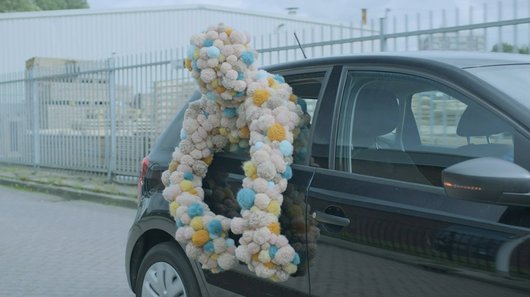Meet your microbes
 The invisible world
The invisible world
Did you think you were alone?
You can’t see them, but they’re there. They’re in you, on you, and you alone have more than a hundred thousand billion of them. That’s 14,000 times more than the number of people on earth. They’re in your nose and your ears, under your armpits, in your eyes, mouth and stomach, on your skin and on the bottom of your feet. They’re everywhere, actually. And that’s a good thing. They protect you and help you stay healthy. Get to know this invisible life form. And you’ll never see yourself, or the world, in the same way again. Discover more about invisible life “here”. Want to see your own microbes? Click “here”.
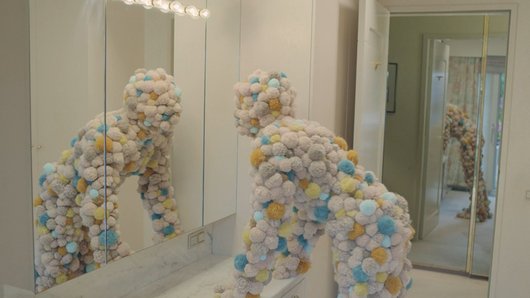
While you were sleeping, your microbes were hard at work all night long. Because microbes never sleep. And when you get up in the morning, you’ll encounter even more microbes. Your cheese sandwich at breakfast is only possible because of microbes like yeast and bacteria. Microbe skeletons in your toothpaste scrub your teeth clean. And in your intestines, nearly 1.5 kilograms of microbes help you digest your food. Your poop is even comprised of 50% bacteria. A morning full of microbes. Read “more”.
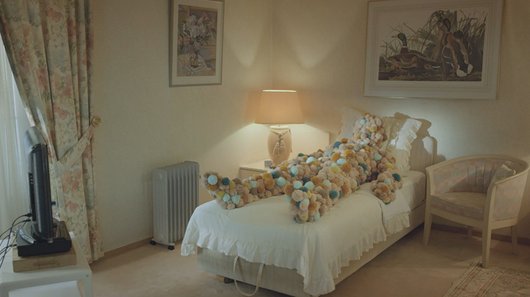
Jump into the pool and your microbes jump right in with you. They stay with you all the time. They wouldn’t allow themselves to be washed away just like that. OK, maybe a couple of million of them would, but they’ll be back to their full numbers before you know it. Every person has a unique composition of microbes. One person has a certain microbe that another person doesn’t. You’ve got more of one sort than your neighbour has. Microbes make you so unique, scientists can tell by the traces on your keyboard that it belongs to you. And that’s just the beginning. Your microbes. Check them out “here”.
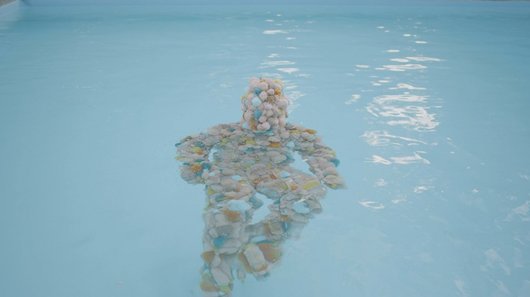
People think they can do anything. But microbes can do a lot more. Microbes can live in environments that would be unthinkable for humans. Like in nearly pure sulphuric acid. Or in boiling hot water. Or under extremely high pressure. Take Deinococcus radiodurans, for example. These bacteria can survive in extreme cold, drought or acidity. They can even live on the walls of a nuclear reactor. No wonder they’re listed in the Guinness Book of World Records as the toughest bacteria in the world. “More about this record-holder”.
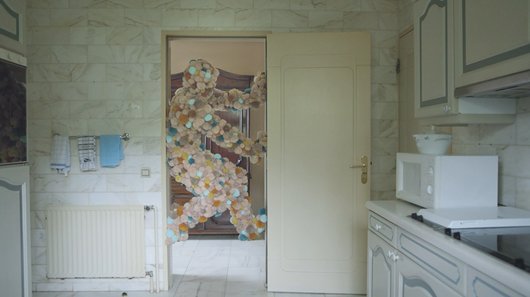
Microbes love your warm feet. Around 150 different sorts of fungi live just on your feet. That includes 80 sorts on your heels, 60 on your toenails and 40 between your toes. And that’s a good thing, because they protect you against harmful bacteria from the outside world. One of the most well-known foot fungi is Trichophyton rubrum. It feels most at home between your fourth and fifth toe, where the pressure, moisture and temperature are their highest. Unfortunately, this fungus can also cause swimmer’s eczema and chalky, brittle toenails. See your feet from very close up “here”.
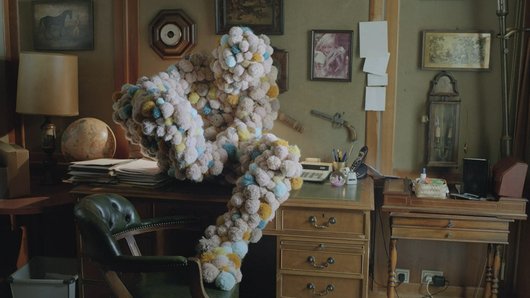
Drive a car with the help of microbes? Yes, you can! Algae can be used to make environmentally friendly biofuels. They use CO2 and sunlight to grow. That’s how they got their nickname: ‘green gold’. Microbes can help us in ways you can only imagine. We still know very little about them, but can learn a great deal from them.
